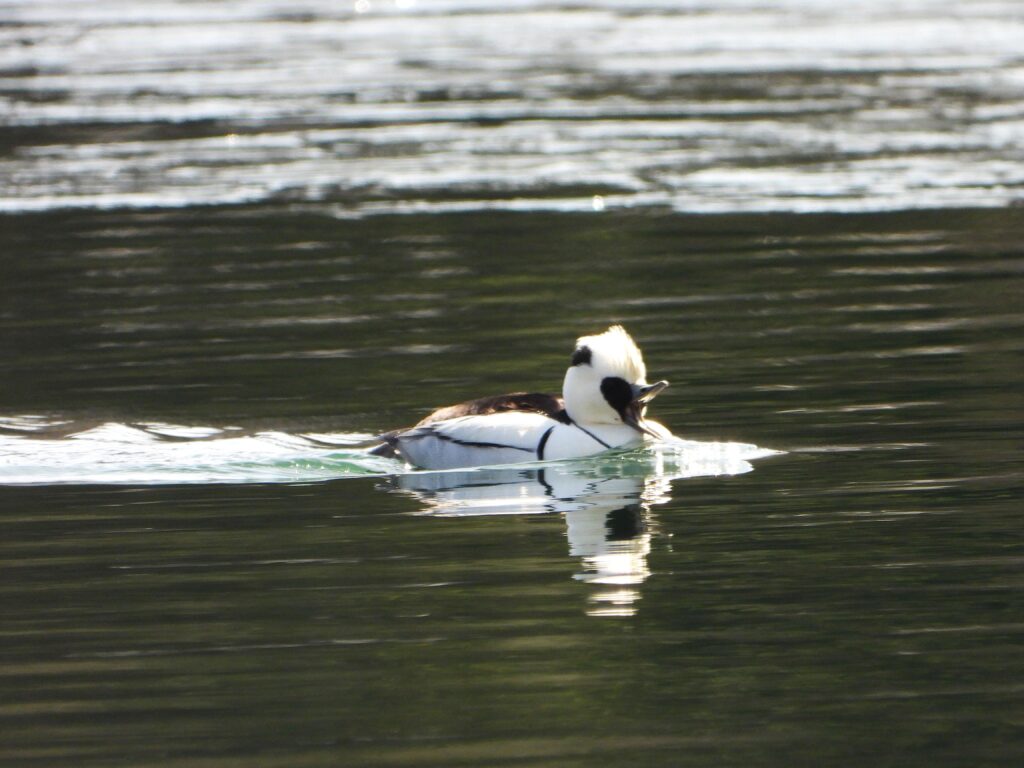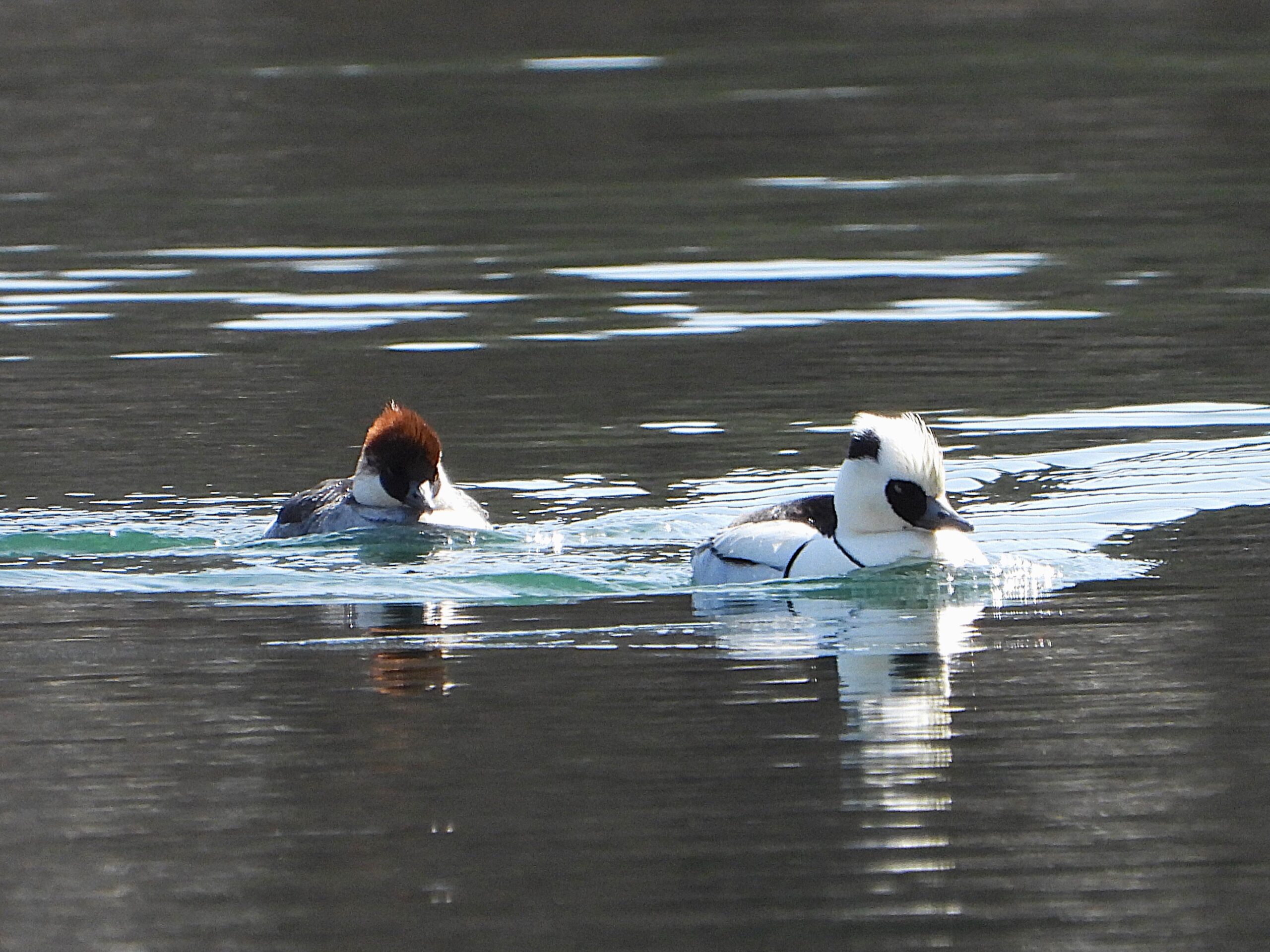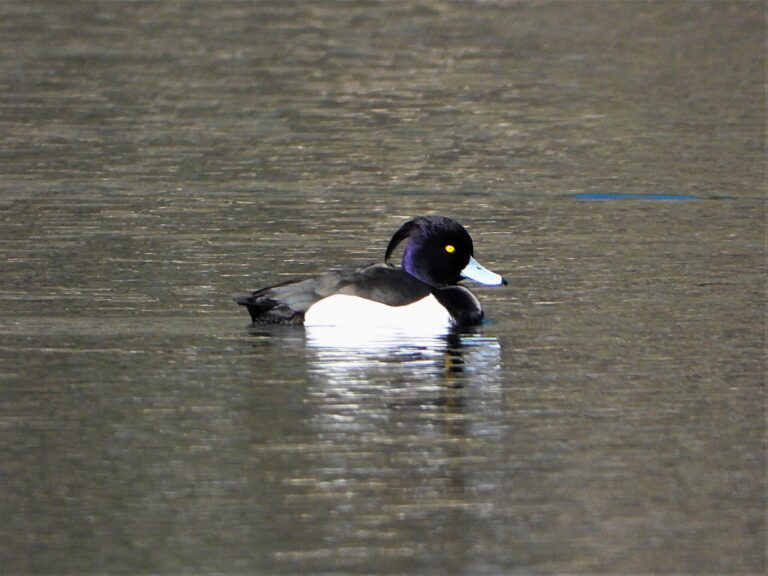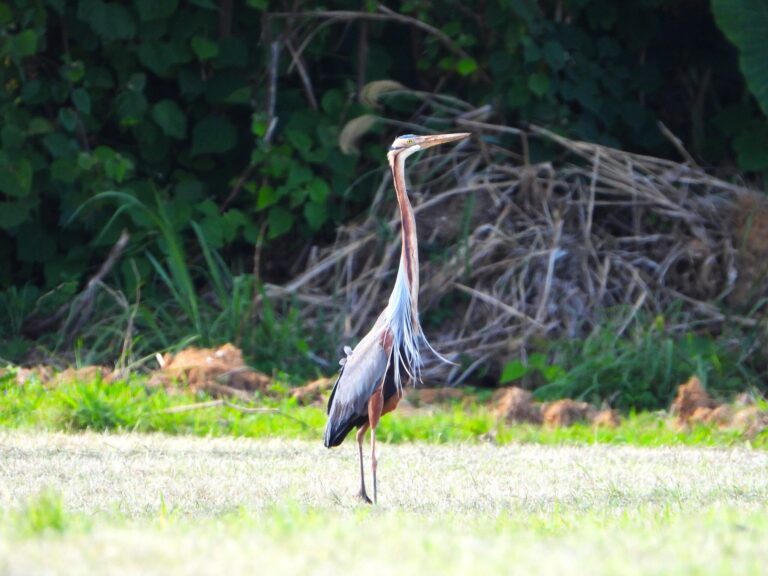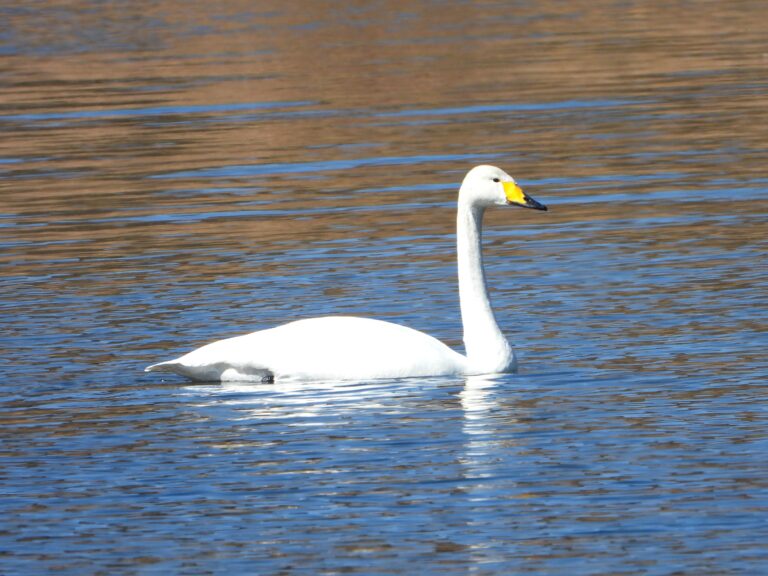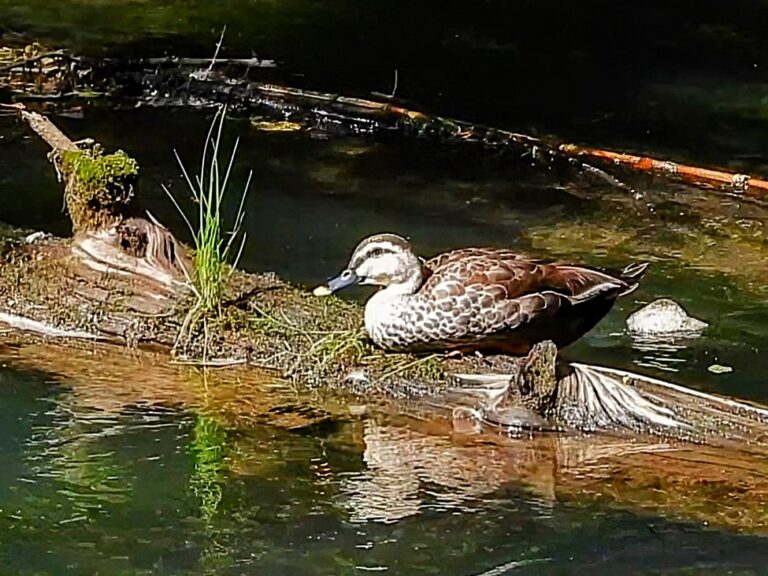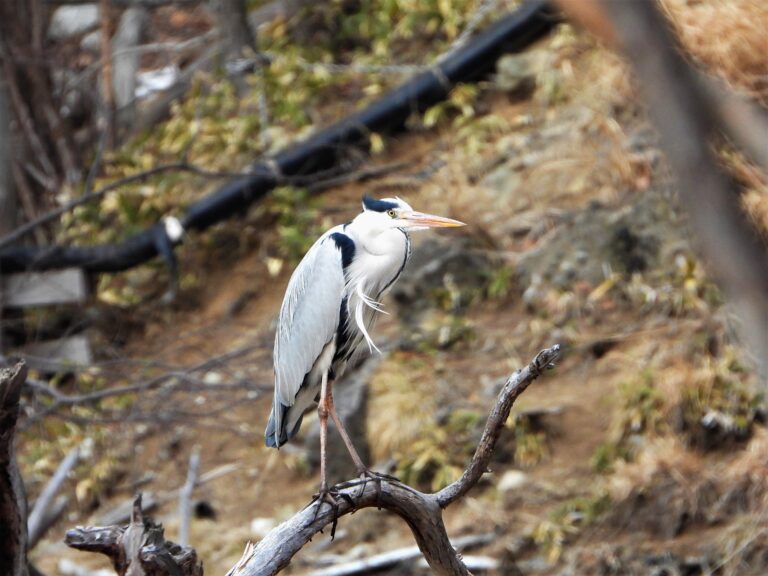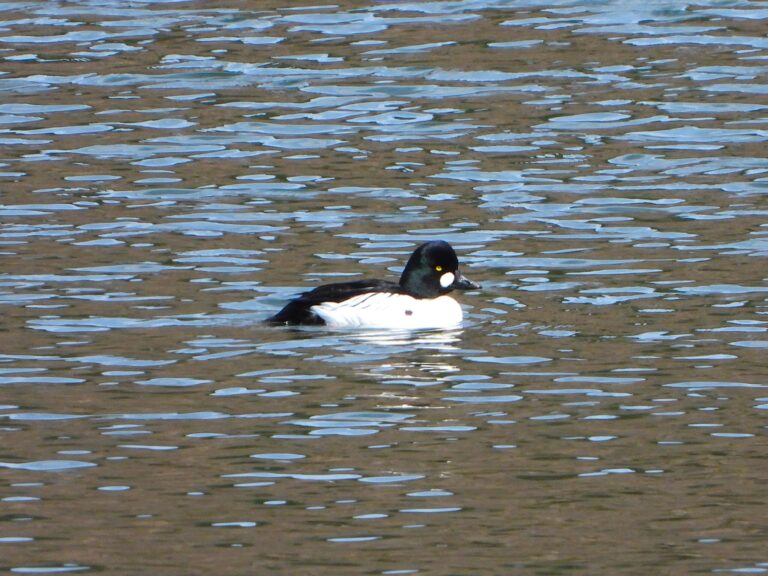Smew (Mergellus albellus) – Wildlife of Japan
Introduction
A tiny, sharp-billed merganser of northern Eurasia, the Smew is a distinctive winter visitor to Japan. Males are striking white ducks with bold black lines and a dark mask; females and immatures (“redheads”) show a chestnut cap and gray body. Despite the flashy look of adult males, the species can be surprisingly hard to pick out on choppy winter water.
Appearance
A very small merganser with a narrow, serrated “sawbill” for gripping slippery prey.
Male: mostly white with fine black striping on the back and a black mask; crisp, high-contrast pattern even at distance.
Female/immature: warm chestnut head and nape, gray body, pale throat; the compact shape and small sawbill help separate it from other gray ducks.
In flight, shows pale wings with dark contrasts and rapid, buzzy wingbeats.
Habitat & Distribution
Global: Breeds across the boreal zone from Scandinavia through Siberia; winters widely in temperate Europe and East Asia on lakes, reservoirs, slow rivers, and sheltered coasts.
Japan: Primarily a non-breeding winter visitor from late autumn to early spring. It is regular on broad, calm waters—lakes, reservoirs, wide river backwaters, and bays—across Hokkaidō and much of Honshū, with scattered records elsewhere. Rare, local breeding has been documented in northern Hokkaidō (Toyotomi/Sarobetsu area).
Where to See in Japan
Scan broad, calm water in winter—especially reservoir coves and river backwaters—using binoculars or a scope. Work methodically through mixed flocks of diving ducks; early morning, when birds raft quietly, is the easiest time to pick out the male’s high-contrast pattern or the female’s chestnut cap.
Behavior
An active diver, typically feeding in short dives and surfacing nearby. Often in small groups in the non-breeding season and can be wary on open water, drifting or flying away from disturbance.
Diet
Primarily small fish taken underwater; also aquatic insects and other invertebrates, especially outside winter. The fine, toothed bill helps grip slippery prey.
Reproduction
Breeds far to the north of most of Japan. A cavity-nesting duck that uses old woodpecker holes and sometimes nest boxes. Ducklings leave the cavity soon after hatching and fly about 10 weeks later.
Conservation
IUCN: Least Concern globally, though some regional declines are noted. Key risks include loss of mature forest cavities in breeding areas, water quality degradation, and disturbance or pollution on wintering waters. Protecting clean shorelines and retaining cavity trees (or providing nest boxes in suitable regions) benefit the species.
Author’s Impression
On gray winter days, a drab lakescape can suddenly brighten when a white-and-ink male Smew tilts into view. Even the subtle “redheads” feel special—tiny, neat divers that reward patient scanning. Personally, I find Smews to be quite wary, often staying far from the shore. A good pair of binoculars is essential for proper observation.
